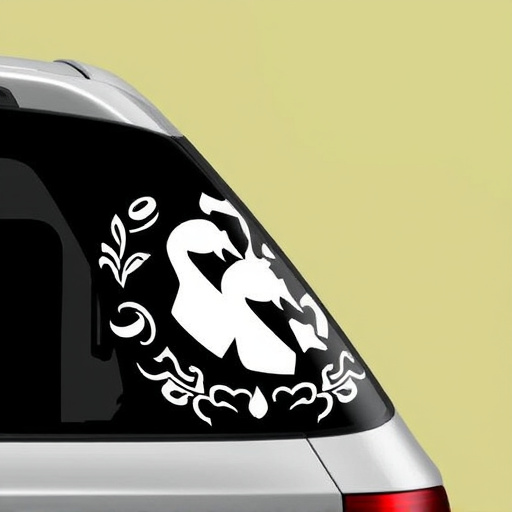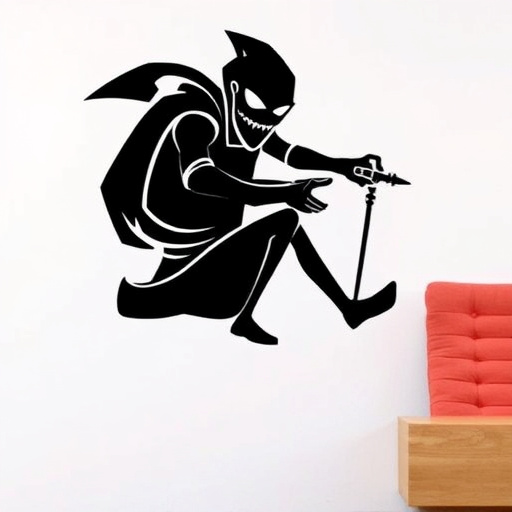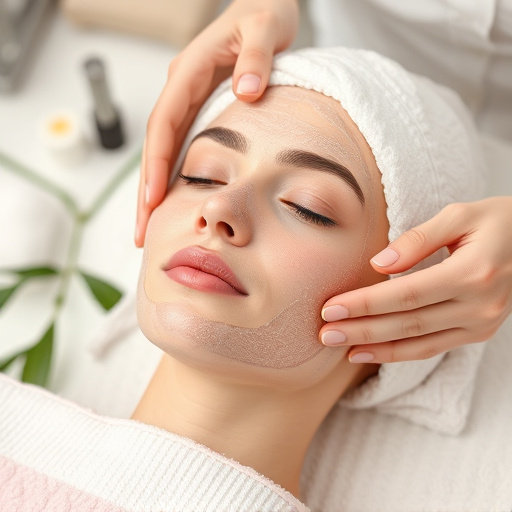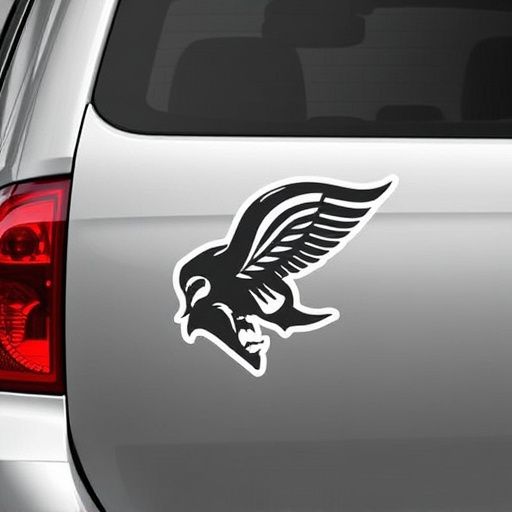Proper ceramic coating application requires meticulous surface preparation. This involves cleaning, degreasing, etching, and ensuring substrate compatibility for maximum adhesion and durability. Skimping on this step leads to poor bonding, reduced protection, and premature aging of the coating. Enthusiasts should focus on comprehensive surface treatment, considering moisture content and unique substrate characteristics for optimal ceramic coating results.
“Enhance your understanding of the ceramic coating application process and steer clear of common pitfalls. This guide illuminates critical errors often made during preparation, coating technique, and post-application curing. From inadequate surface cleaning to misunderstandings about cure schedules, these mistakes can hamper the effectiveness of your ceramic coating. Learn how to ensure optimal results by addressing these issues head-on, enhancing the longevity and quality of your coatings.”
- Preparation and Surface Readiness
- – Inadequate surface cleaning and preparation
- – Ignoring material compatibility and substrate conditions
Preparation and Surface Readiness
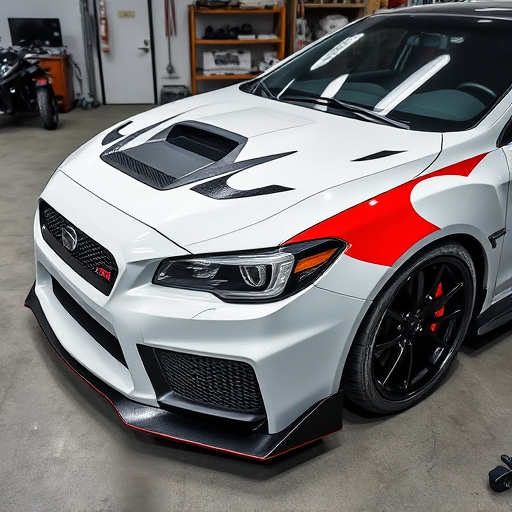
Proper preparation is half the battle when it comes to achieving a flawless ceramic coating finish. Before applying any coating, it’s crucial to ensure that the surface is clean, free from contaminants, and properly etched or roughened to allow for maximum adhesion. This step involves thoroughly washing and degreasing the part, often with specialized cleaners and abrasives, to remove any oil, dirt, or previous coatings.
For automotive detailing enthusiasts, this process is especially important as it prepares the vehicle’s surface not just for ceramic coating but also for other finishing techniques like vinyl wraps. High-quality finishes rely on a ready and receptive surface, ensuring the ceramic coating bonds securely and provides a durable, glossy finish that protects against scratches and environmental damage.
– Inadequate surface cleaning and preparation

Inadequate surface cleaning and preparation is one of the most common mistakes when it comes to ceramic coating application. Before applying any type of protective coatings, such as ceramic coatings or vinyl wraps, it’s crucial to thoroughly clean and prepare the surface. This includes removing dirt, grease, dust, and other contaminants that can hinder adhesion. Failure to do so can result in a poor bond between the coating and the substrate, leading to premature aging and loss of protection.
Proper surface preparation involves various steps like degreasing, sanding, and using appropriate primers. These steps ensure that the surface is roughened slightly, allowing for better mechanical bonding with the ceramic coating. Achieving high-quality finishes requires attention to detail during this phase. Skimping on cleaning or preparing the surface inadequately can ultimately compromise the durability and aesthetics of the final protective coatings.
– Ignoring material compatibility and substrate conditions

Many enthusiasts make the mistake of focusing solely on the ceramic coating itself during the application process, overlooking crucial aspects that are fundamental to its success. Compatibility between the ceramic material and the substrate is a key factor often ignored. Every surface, whether it’s a car body or a specific component, has unique characteristics and requirements. Coating materials must be chosen based on their ability to bond with the substrate effectively, ensuring long-lasting durability. Neglecting this compatibility can lead to poor adhesion, blistering, and eventual coating failure.
Additionally, understanding the substrate conditions is vital for optimal ceramic coating results. Factors such as surface preparation, cleaning, and moisture content play a significant role in how the coating will perform. In the case of vehicle wraps or car customization projects, ensuring that the paintwork or existing finish is properly prepared can make all the difference. Proper surface treatment helps create a strong bond between the coating and the vehicle, enhancing its ability to reject heat and provide an excellent, durable finish.
In attempting the delicate art of ceramic coating application, many common mistakes can arise from overlooking crucial steps. Adequate surface cleaning and preparation are paramount to ensure the bond between the coating and substrate is strong. Additionally, understanding material compatibility and considering substrate conditions are essential for achieving a durable and aesthetically pleasing finish. By avoiding these typical blunders, professionals and enthusiasts alike can harness the full potential of ceramic coating application, resulting in exceptional, long-lasting protection for various surfaces.


